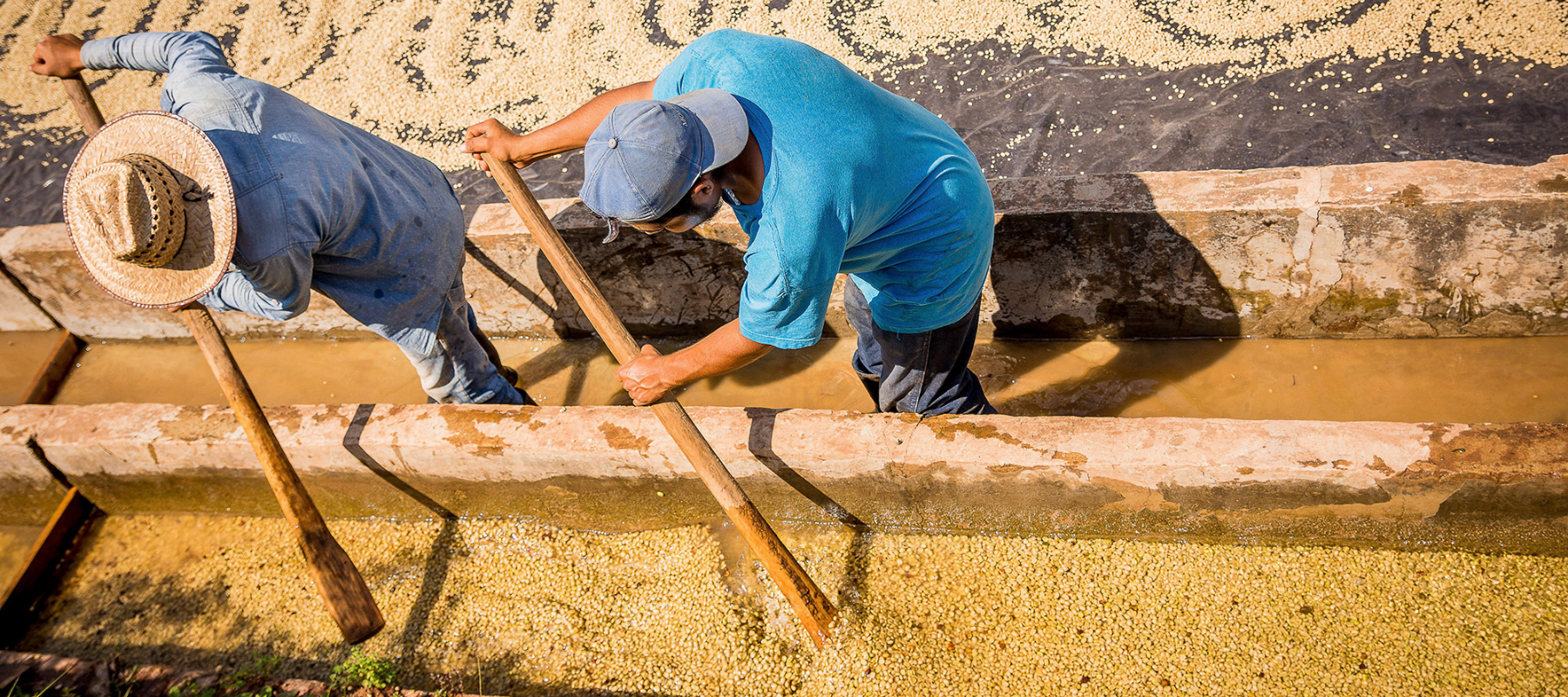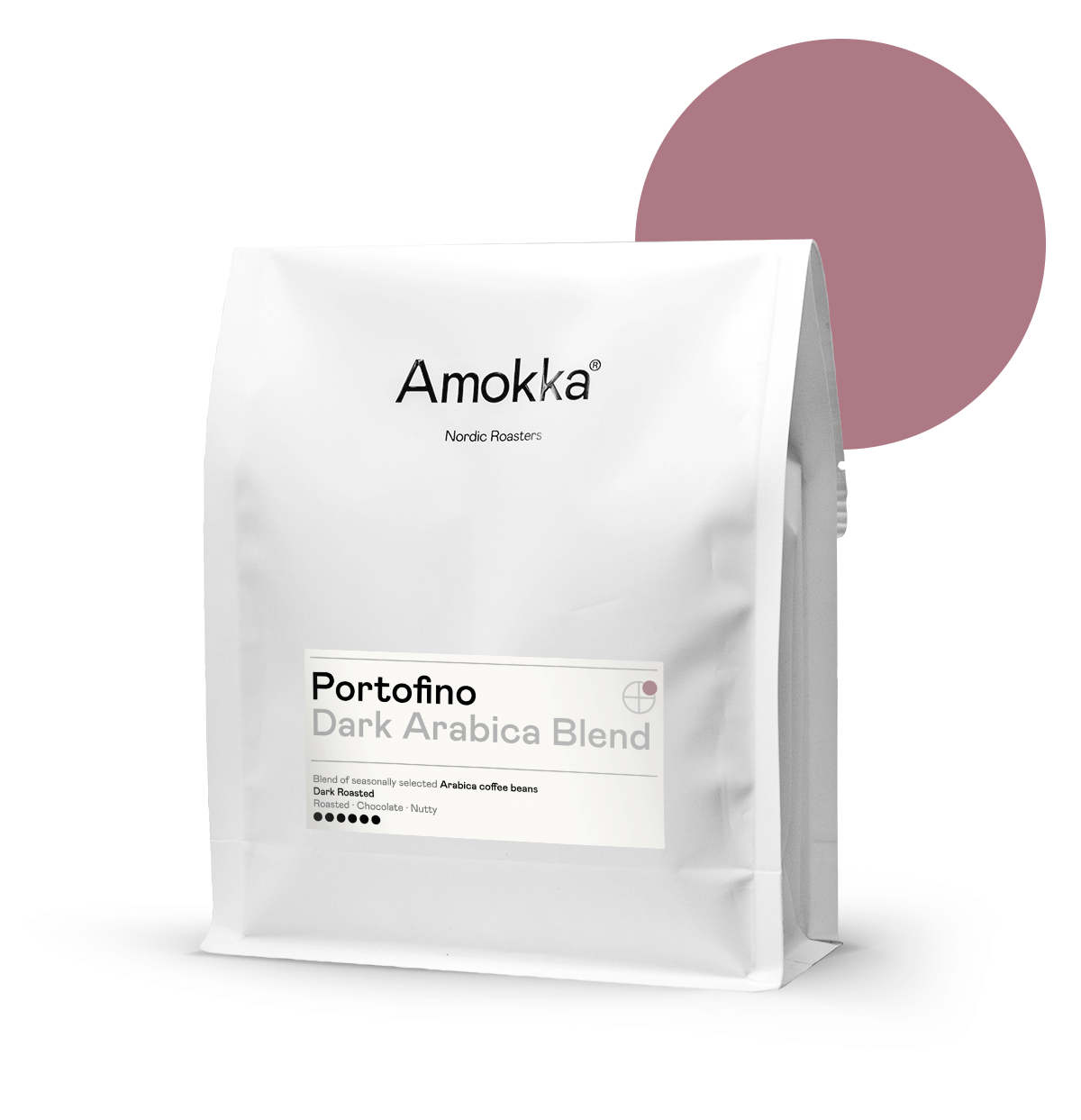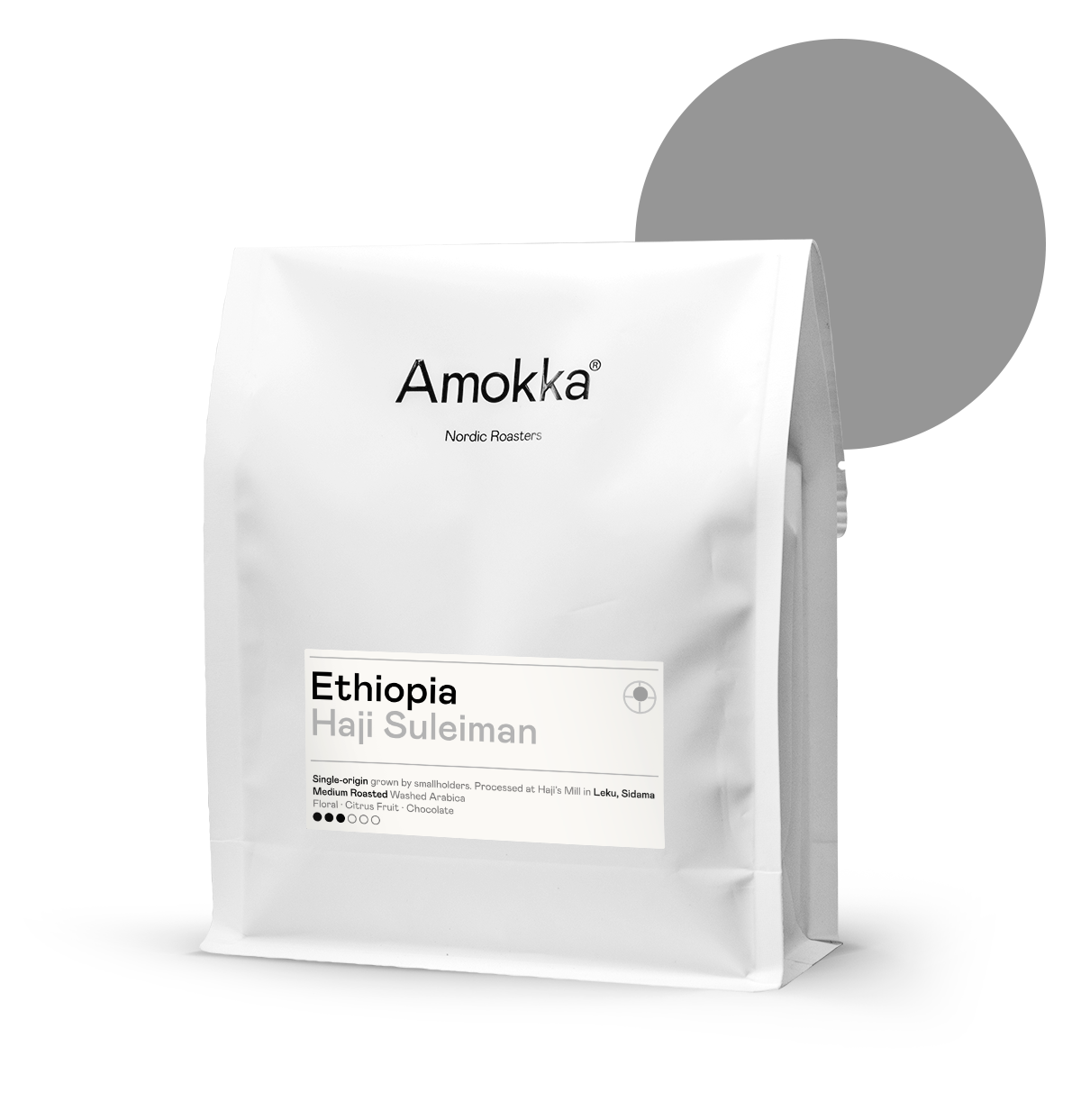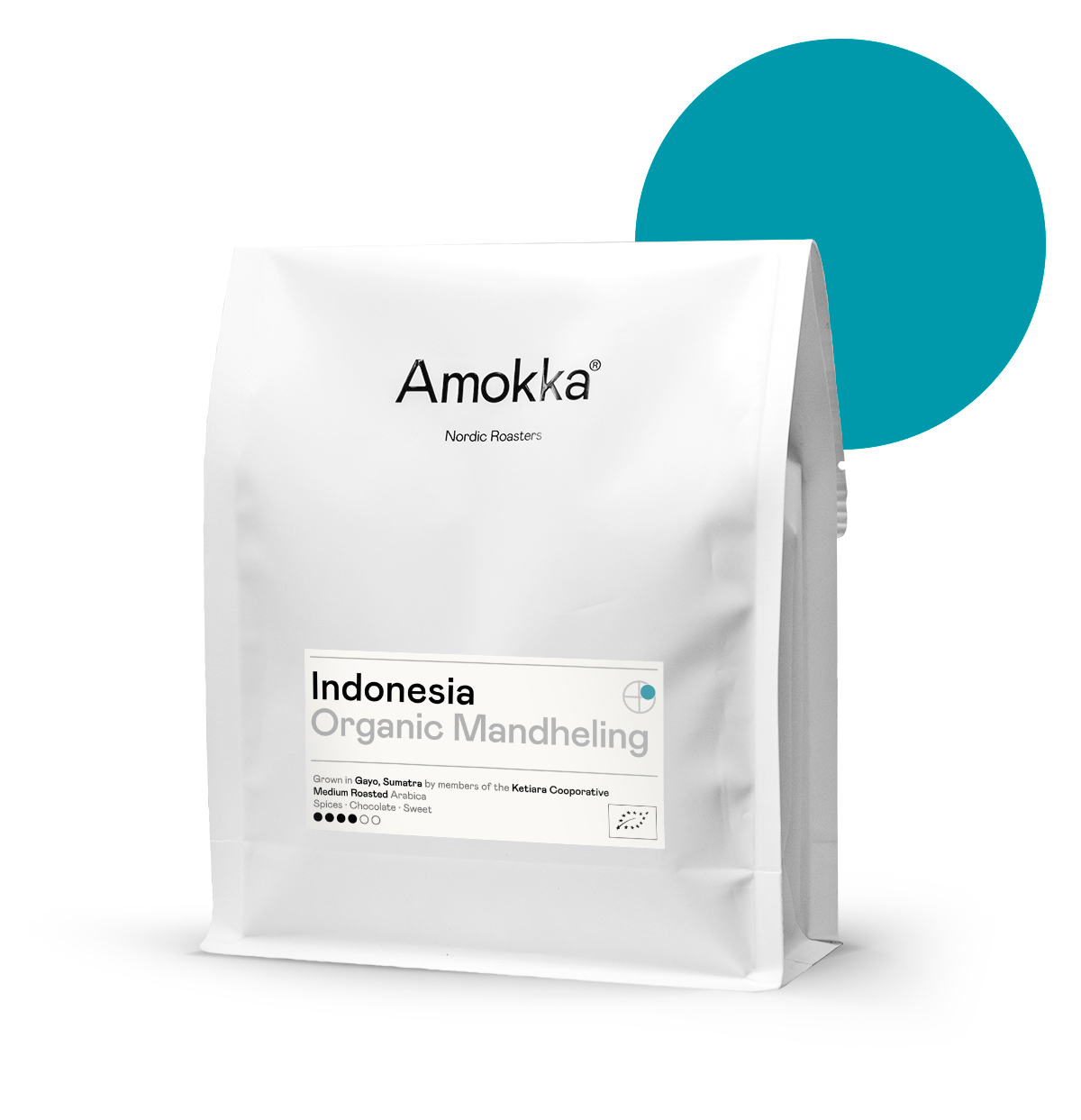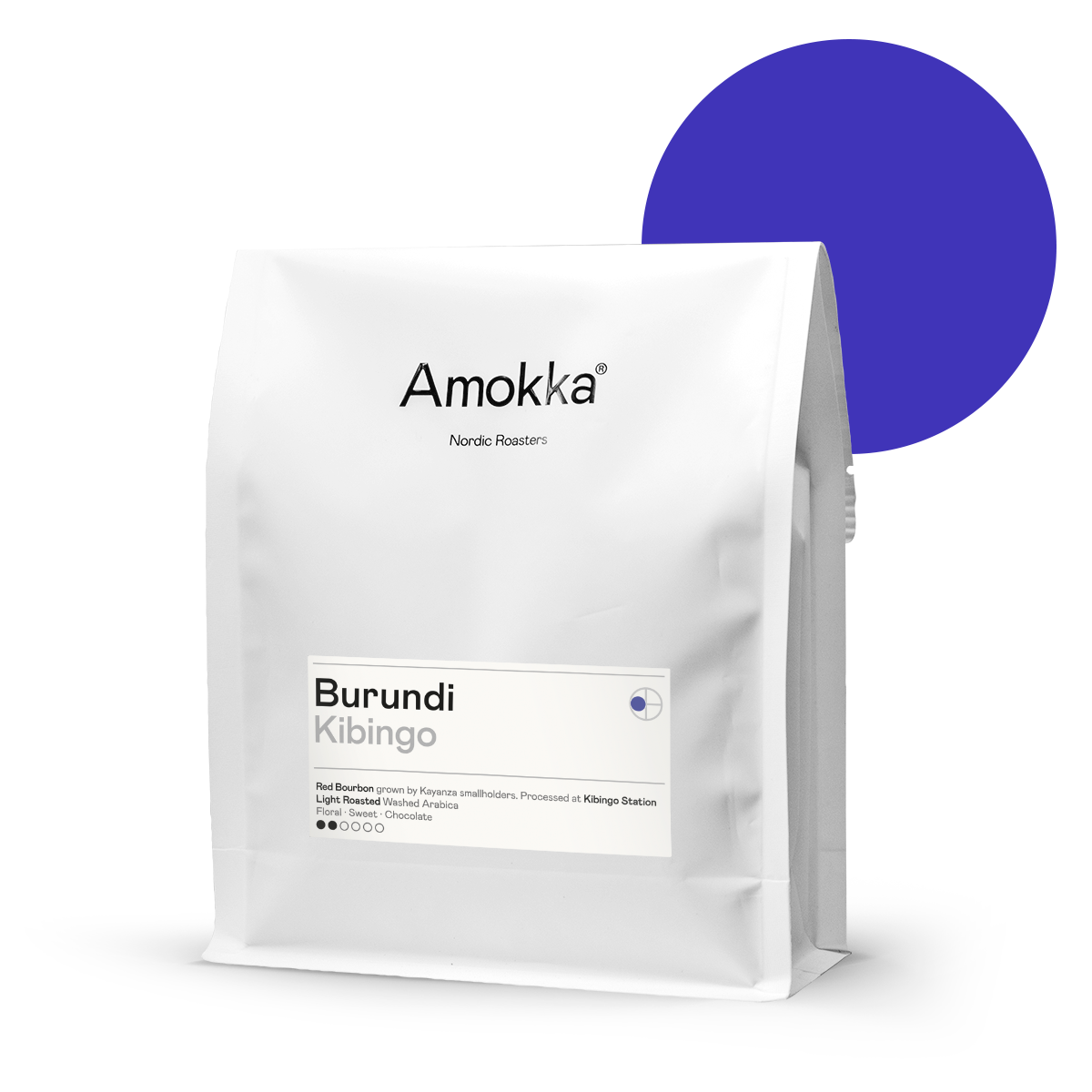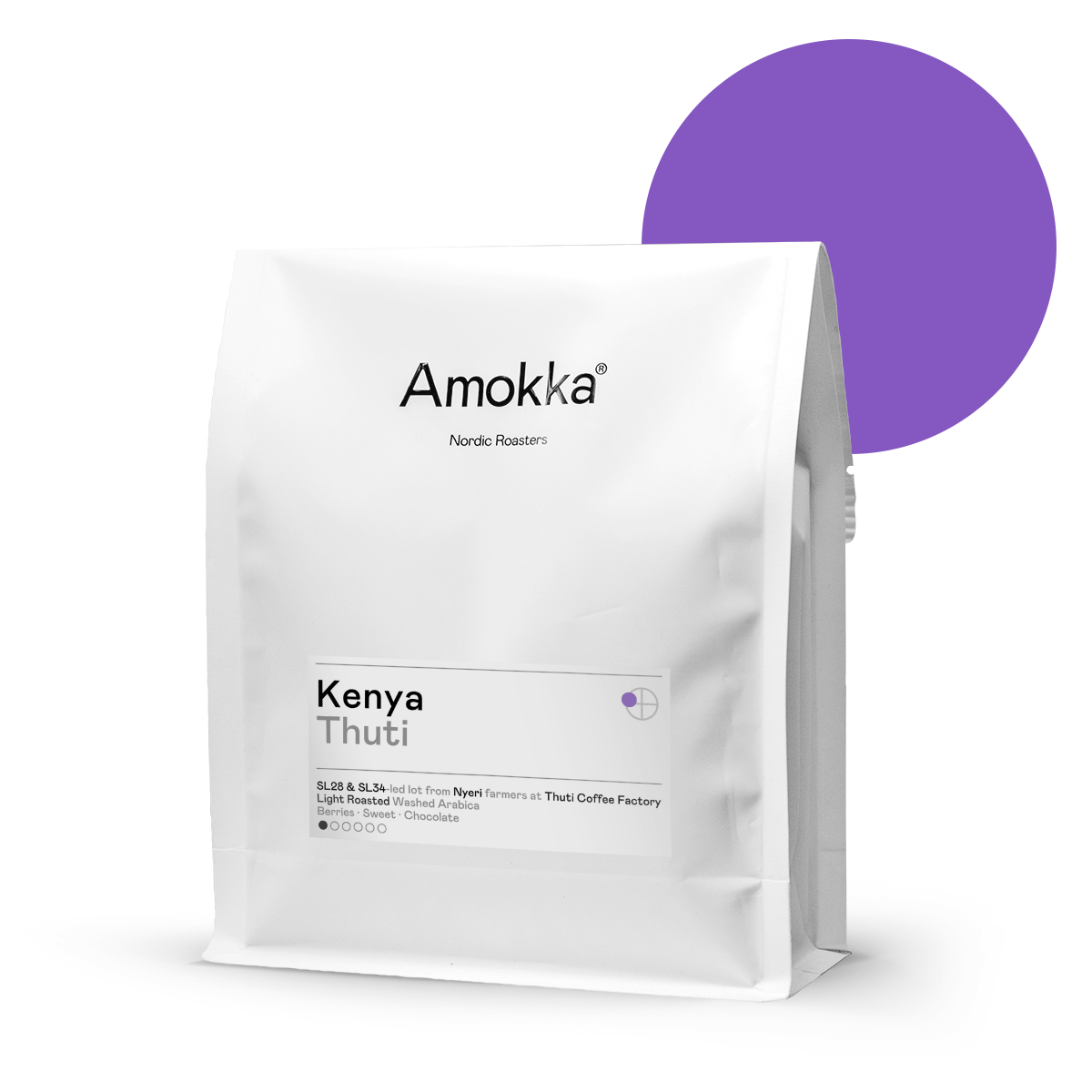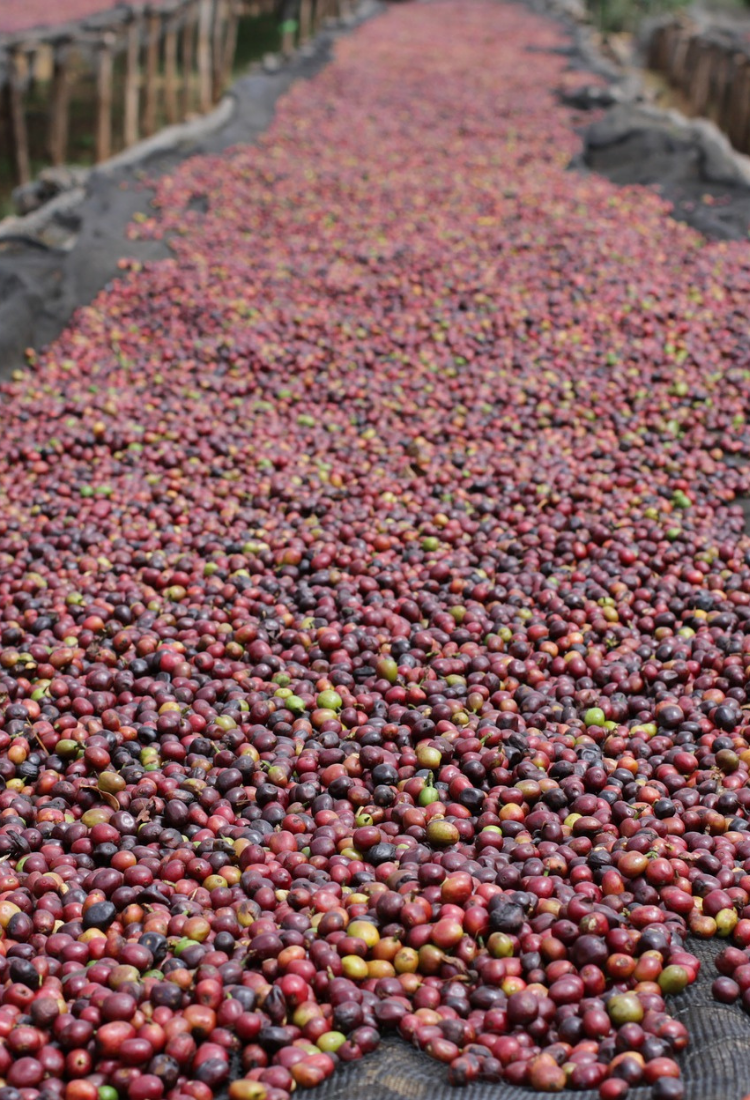Washed
In Washed- or Wet processing, freshly harvested coffee cherries are sorted and then depulped to remove the skin and most of the fruit flesh from the seed (which will become the coffee bean). The resulting coffee beans are then fermented for a period of time, usually 12-48 hours, to break down any remaining fruit residue. After fermentation, the beans are thoroughly washed to remove any residual matter and then dried, either in the sun or using mechanical dryers. The length of drying can vary depending on the climate and desired final moisture content, but it typically takes between 1-2 weeks. The dried beans are then sorted by size, weight, and degree of defect, resulting in a final product that is ready for roasting and brewing. The wet processing method results in a clean, bright flavor profile and is commonly used for high-quality arabica coffee.
Wet processing is one of the most common methods of producing coffee beans. In fact, it is estimated that more than 70% of the world's coffee production uses the wet processing method. This method is preferred over other methods such as the dry or natural process in regions with sufficient water resources and proper facilities for processing and drying the beans. Wet processing requires a significant amount of water and energy, but it allows for a more controlled and consistent final product compared to other methods.


